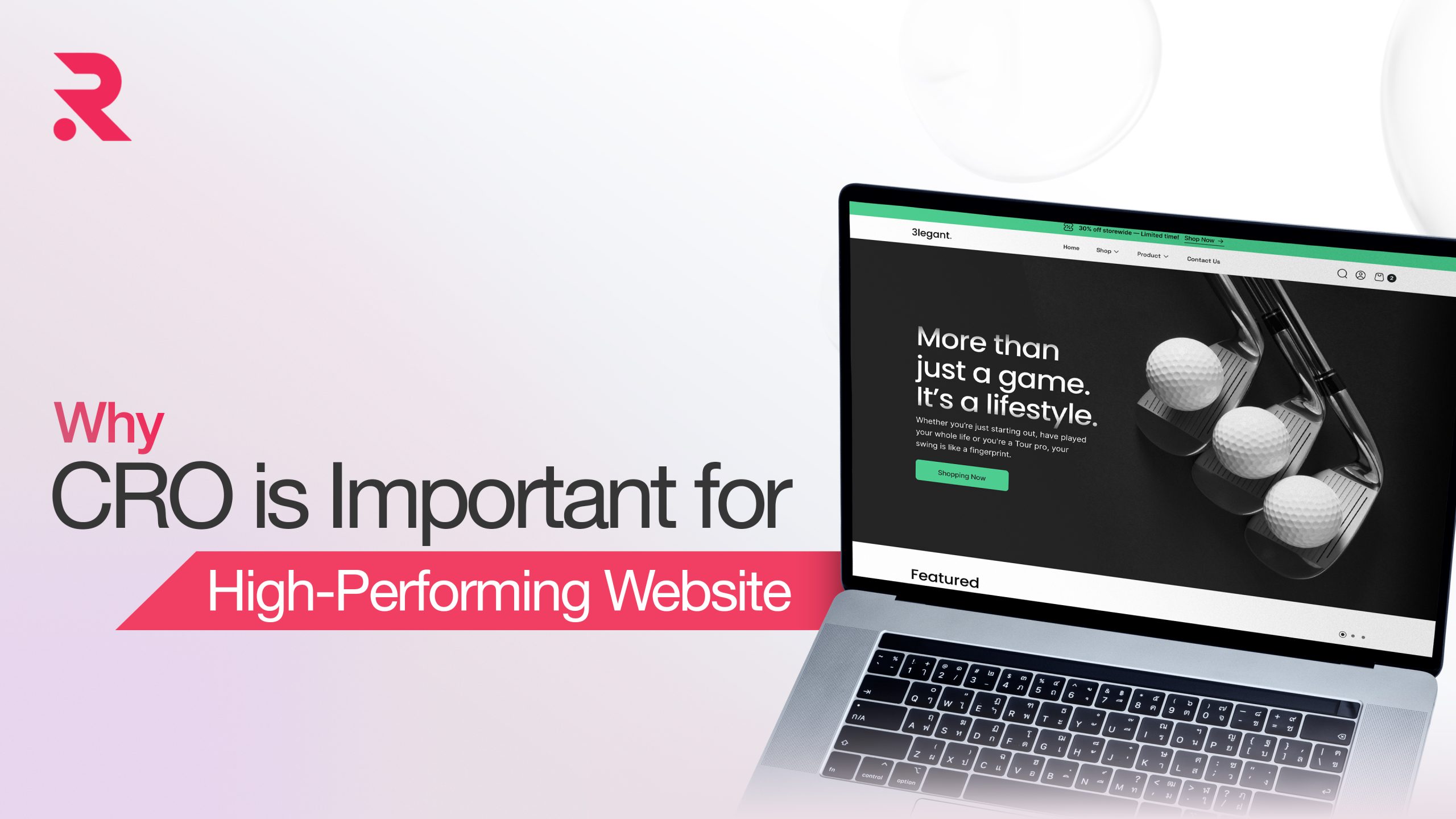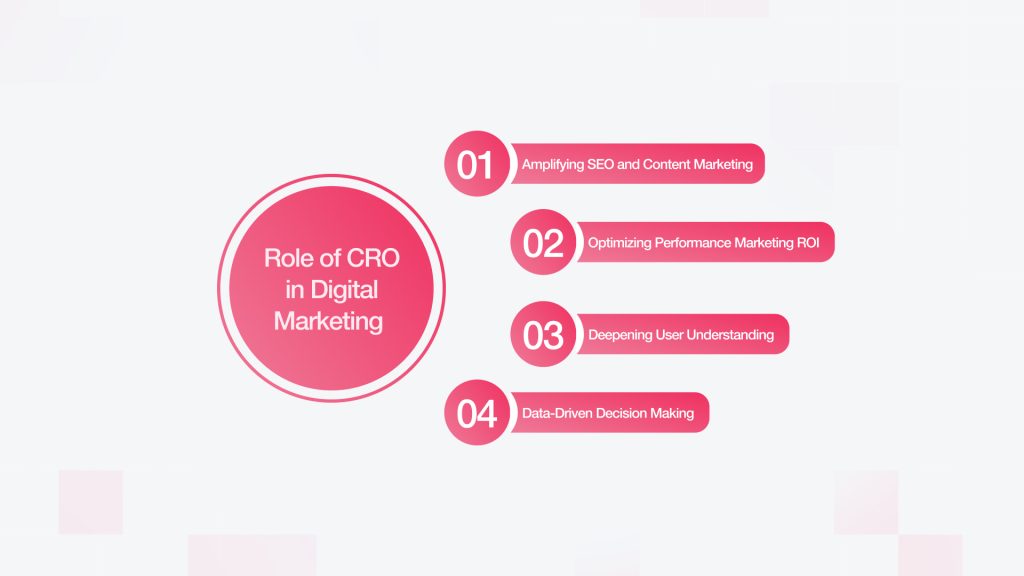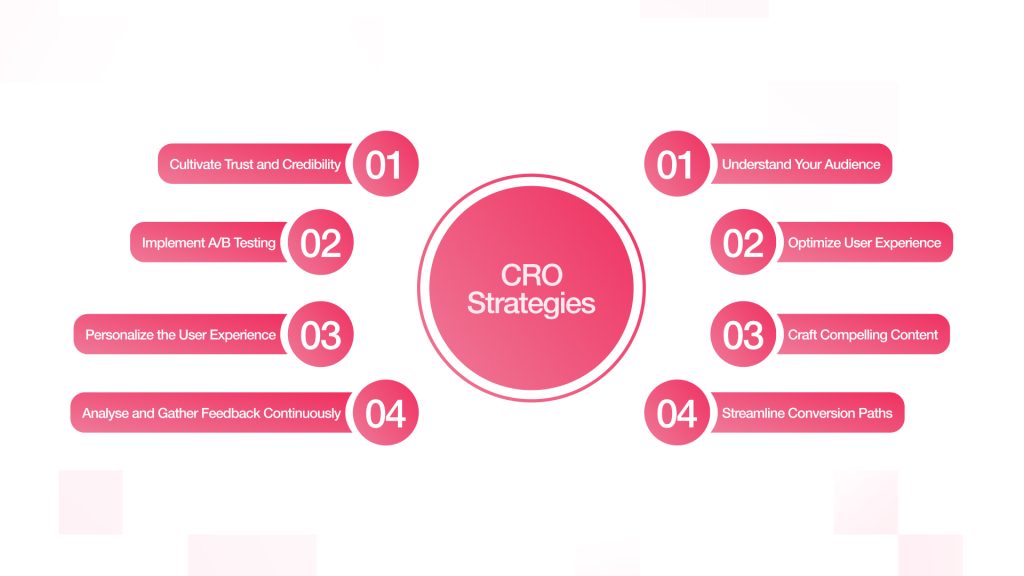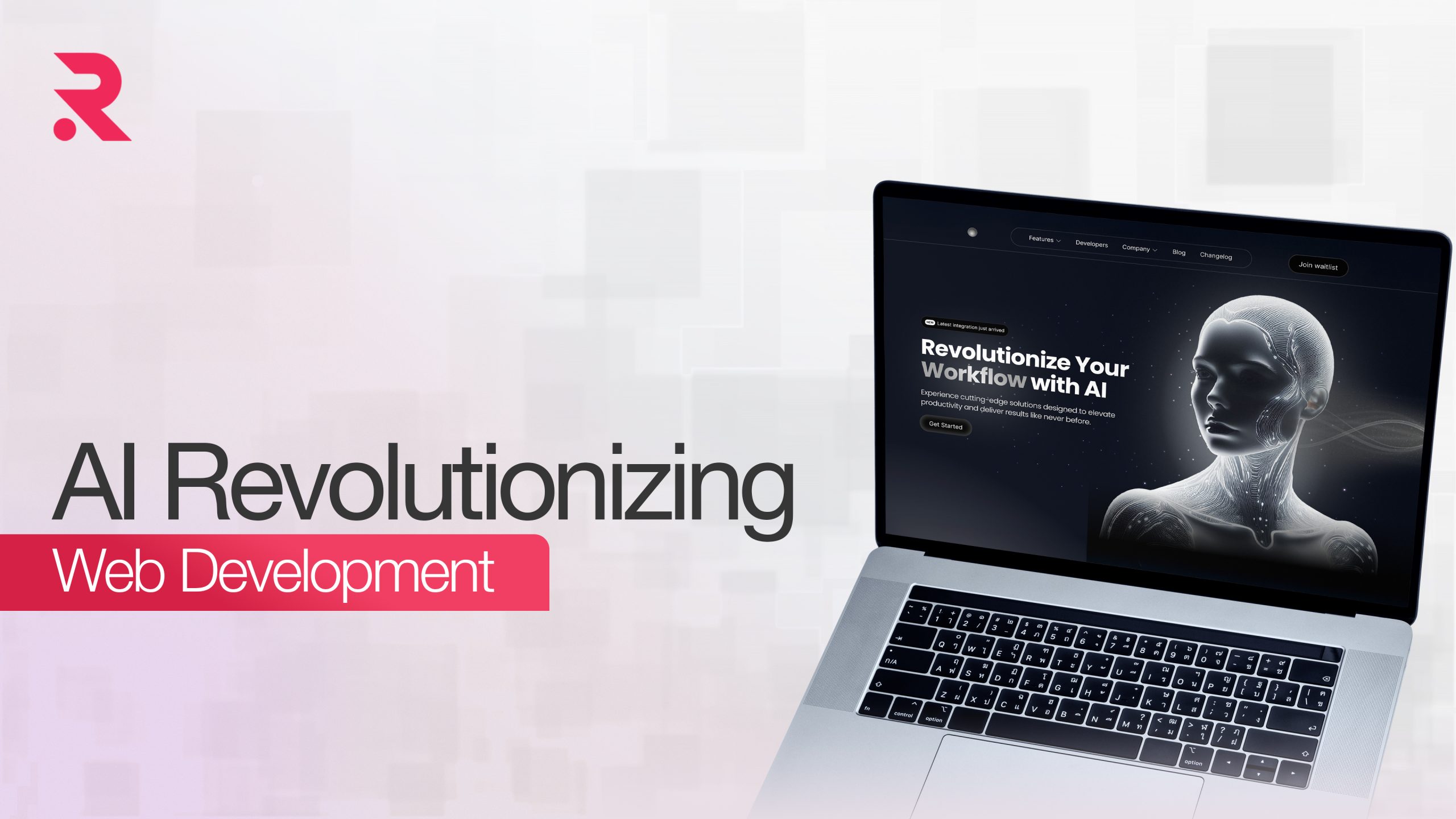Why CRO Is the Secret Weapon of High-Performing Websites
Ever wonder how some websites just click with people—and others don’t? That’s where conversion rate optimization comes in. It’s all about turning those random visitors into actual, paying customers. In this article, We’ll break down a few real-deal tips that can help your site perform way better without getting overly technical. Let’s get into it.
- July 21, 2025
- by Tarun


Elevating Website Impact with Conversion Rate Optimization
A lot of businesses use all their energy into getting more people to visit their website—but here’s the thing: what actually happens once those visitors land on the page? That’s the part many overlooks. And that’s exactly where Conversion Rate Optimization, or CRO, comes in. It’s not just another marketing buzzword; it’s a smart, strategic way to turn the traffic you already have into real results—like sales, signups, or leads.
In this article, we’re diving into why CRO (Conversion Rate Optimization) isn’t just nice to have—it’s essential if you’re aiming for real, long-term growth. We’ll look at how it ties into the rest of your digital marketing strategy and why focusing on conversions can actually help cut down customer acquisition costs. Plus, it gives you some pretty eye-opening insights into how people are really using your site. Bottom line? CRO helps you create digital experiences that feel right to users—experiences that connect, convince, and convert.
Why CRO Is the Secret Weapon of High-Performing Websites?
For a lot of businesses, it can feel like the whole game is just getting more traffic to their site. But here’s the truth: more visitors doesn’t automatically mean more success. However, the real magic happens when those visits actually turn into something meaningful—such as a purchase, a sign-up, or even just a download. That’s where Conversion Rate Optimization, or CRO, comes in. It’s not just a trendy buzzword—Ultimately it’s a smart, structured way to get more value out of the traffic you already have. By fine-tuning how your site works and how people experience it, CRO helps you turn casual clicks into meaningful actions.
Role of CRO in Digital Marketing
CRO isn’t just some standalone trick—it actually ties into everything else you’re doing in digital marketing. After all, you’re investing time and money into SEO, social media, and paid ads—all to get people on your site. But if your website isn’t set up to guide those visitors toward taking action, a lot of that effort goes to waste. That’s where CRO comes in. In other words, it helps ensure your site isn’t just attracting visitors—it’s actually converting that traffic into meaningful action. In the end, it turns your website into a real driver of results, not just a digital billboard.

Amplifying SEO and Content Marketing
SEO’s job is to bring the right people to your site—but CRO picks up from there, making sure those visitors actually do something once they arrive. When your site is set up to convert well, it sends a strong signal to search engines that your content is valuable and worth ranking. That kind of user engagement can actually help boost your SEO, creating a nice feedback loop: better CRO supports better SEO, and vice versa.
Same these things go for content marketing. You might have great blog posts or resources pulling people in, but CRO helps you figure out how to present that content—where to place forms, which buttons to highlight, and how to guide folks to take the next step, whether that’s downloading something or reaching out.
Need SEO Guidance and Support to Boost Your Website Rankings?
Our Experts Can Help!
Optimizing Performance Marketing ROI
Paid ads are great for driving quick traffic—but if that traffic isn’t converting, you’re basically burning money. That is where CRO really proves its value. By tweaking and improving your landing pages, even a small boost in conversions can make a big difference to your bottom line. It means you’re getting more out of every click, stretching your ad budget further, and lowering your cost to acquire each customer. In short, CRO helps make sure those ad dollars actually work for you.
Read our Guide to Digital Marketing to align performance marketing with CRO strategies
Deepening User Understanding
At the heart of good CRO is really getting to know your users—not just what they’re clicking, but why they’re doing it (or not doing it). It goes way deeper than just surface-level stats. To figure this out, you need a mix of numbers (like bounce rates, conversions, heatmaps) and actual user feedback. When you combine both, you start to see the full picture of what’s working, what’s not, and how people are really interacting with your site.
Quantitative Data
Tools like Google Analytics are super helpful for seeing the numbers behind how people move through your site. You can track where users are coming from, which pages they are sticking around on, and where they’re bailing out. It basically shows you what’s happening. For instance, if you notice a big drop-off during a certain step in the checkout process, that’s a clear red flag—something’s likely off there and worth digging into.
Qualitative Data
To really get why users behave the way they do, CRO leans on tools like heatmaps, session recordings, and quick on-site surveys or feedback polls. Heatmaps can show you where people are clicking, scrolling, or just totally ignoring. Session recordings let you watch actual user journeys—so you can see where they hesitate or get stuck. And surveys? They give you that direct line to what users are thinking. Like, if a heatmap shows folks clicking on an image that isn’t actually clickable, that’s a hint your design might be misleading. All of this helps uncover the stuff numbers alone can’t tell you.
User Testing
Watching real people use your site—whether through session recordings or user testing—gives you raw, honest insight you just can’t get from numbers alone. It’s the kind of feedback that highlights little frustrations or confusing moments that analytics might totally miss. When you combine this with everything else—surveys, heatmaps, behaviour data—you start to build a clear picture of who your users are and what they actually need. It’s not guesswork anymore. You’re making decisions based on real human behaviour, and that’s what makes your site genuinely user-friendly.
Data-Driven Decision Making
CRO isn’t about gut feelings or random tweaks—it’s a science. You start with a hunch (a hypothesis), test it, see what the data says, and then make changes based on what actually works. It’s a rinse-and-repeat kind of process, but with each round, you learn more about your users and how they interact with your site. Instead of guessing what might improve things, you’re making decisions backed by real evidence. Over time, those small, smart changes can add up to a big difference in results—and in your bottom line.
Case Studies
The power of conversion rate optimization for website performance is best illustrated through real-world examples:
Indochino
Indochino’s this custom menswear retailer that saw a big boost in conversions by getting really personal with their content. They created editorial-style landing pages and tailored them to specific locations, making sure the messaging matched up perfectly with their ads. The result? They hit a 17.4% conversion rate. It’s a great example of how relevant, engaging experiences—exactly what CRO is all about—can make a huge difference.
CrazyEgg
Even CrazyEgg, the analytics and heatmap company, shows how small changes can pack a punch. An explainer video just off their homepage, and bam—a solid jump in conversions. This really shows that sometimes one piece of quality content, based on how users have interacted with your site, can really move the needle.
What these examples really prove is that CRO isn’t all about little tweaks here and there—it can mean big, strategic moves that lead to serious financial wins.
Explore our case studies to see how we’ve helped brands grow online
Strategies to Elevate Your Conversion Rates
Getting high conversion rates isn’t a one-and-done deal—it takes ongoing, steady effort and a smart, systematic approach. Here are fundamental strategies to implement conversion rate optimization for website performance:

Deeply Understand Your Audience
Good CRO is centered around getting to know your audience in-depth. That means creating detailed buyer personas-Who are they? What bugs them? What do they do online? This info can be obtained through surveys, interviews, or user testing. When you clearly know the visitors, it is much easier to craft a website experience that they really connect with.
Optimize for User Experience (UX)
Making your website easy and smooth to use is absolutely key. Here’s what to focus on:
- Simplify the navigation of the site: Menus should be as simple as they can be. People should never be made to wander around searching for what they want.
- Respond well to mobile devices: In this day and age of phone browsing, your site should look wonderful and function seamlessly, regardless of screen size.
- Page load speed: Great load times are so important; everything depends on it. Compress your images, beautify your code, and upgrade your server to ensure lightning-speed load times.
- Clear calls to action: Your calls-to-action need to pop, with bold colors and powerful words that clearly state what the visitor should do next.
Craft Compelling Content and Copy
Content matters, but it’s the persuasive copy that really gets people to act.
- Value proposition: Make it crystal clear why your offer stands out and why visitors should pick you.
- Problem-solution: Show how your product or service solves the specific problems your audience faces.
- High-quality visuals: Use eye-catching images and videos that back up your message and grab attention.
- Keep it simple: Skip the jargon and long-winded stuff. Be clear, direct, and easy to understand.
Streamline Conversion Paths
Make it easy for visitors to move through your conversion funnel without getting stuck.
- Focused landing pages: Create special pages just for your campaigns—keep them clean, distraction-free, and laser-focused on one goal.
- Simplify forms: Ask for only the must-have info. The fewer fields, the less chance people drop off.
- Guest checkout: If you sell online, letting folks check out without creating an account can really cut down friction for new buyers.
- Multiple payment options: Offer a bunch of payment methods using trusted payment gateways so everyone can pay the way they prefer.
Cultivate Trust and Credibility
People are way more likely to take action if they trust your brand.
- Customer testimonials and reviews: Show real feedback from happy customers—it goes a long way.
- Case studies: Share stories of how your product or service has helped others succeed.
- Security badges and SSL certificates: Make sure visitors see you take their data security seriously.
- Transparent policies: Be upfront about your privacy, refund, and terms—no surprises build trust.
Implement A/B Testing
A/B testing is a huge part of CRO. Keep testing different versions of stuff on your site, from headlines to buttons, to images, layouts, pricing-an all set of elements-that best serves the really best. Testing and revising make all the slight improvements on real data. Lastly, these small achievements bring home big results at the end of the road.
Personalize the User Experience
Making your website feel personal to each visitor can really boost conversions.
- Product recommendations: If you’re selling stuff, suggest items based on what someone’s looked at or bought before.
- Dynamic content: Show different offers or info depending on who’s visiting things like their location or past behaviour.
- Targeted messaging: Tailor your messages depending on where people are in their buying journey, so it feels relevant and timely.
Analyse and Gather Feedback Continuously
Conversion rates, bounce rates, and exit pages-top this list of numbers you must watch closely. Google Analytics, heatmaps, and session recordings clearly depict for you what the users are doing on the site. You better ask them directly as well! Surveys, polls, and usability tests can inform you about what is stressing them or what they want to be done better. All-around data collection, analysis, and testing of changes are the great funnels that lead to CRO success.
Conclusion
CRO is not a one-time project; it is an ongoing process of analysis, hypothesis, testing, and learning. The digital landscape constantly changes, and so do user behaviors and expectations. High-performing websites understand this dynamic nature and commit to continuous conversion rate optimization for website performance. By embedding CRO into their operational DNA, businesses can ensure their digital assets remain competitive, adaptive, and consistently drive the desired business outcomes. It is the genuine secret weapon that transforms potential into profit.
 Shopify
Shopify

















